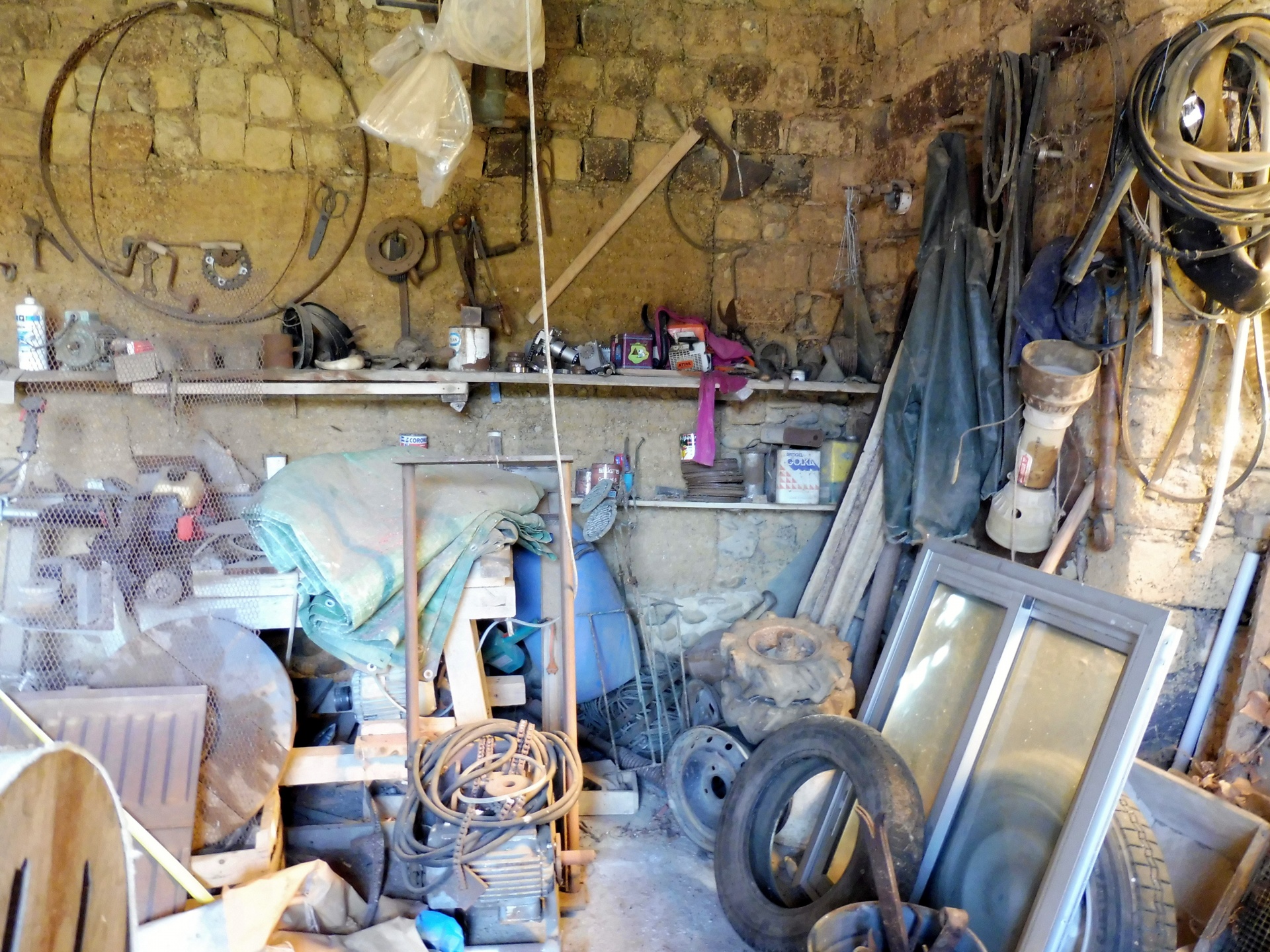Ever stared at a wall and wondered how to find the perfect paint match? Whether you’re touching up a small scratch or revamping an entire room, getting the color just right can feel like a daunting task. But don’t worry, with a few tips and tricks, you’ll be a color-matching pro in no time.
Understanding Color Matching for Wall Paint
Accurate color matching is crucial for seamless touch-ups or renovations. Understanding color theory and using modern tools can simplify this process.
The Basics of Color Theory
Color theory explains how colors interact. Primary colors include red, blue, and yellow. Mixing these generates secondary colors like green, orange, and purple. Understanding these basics can help in matching paint accurately.

Tools and Technologies Used in Color Matching
Several tools assist in color matching. Your smartphone’s camera app often includes a color-matching feature. Paint stores use spectrophotometers to precisely identify paint colors. There are also color-matching apps like ColorSnap or ColorSmart. These tools streamline finding the perfect match for your wall paint.
Preparing to Match Paint Colors
To match paint colors, you must prepare thoroughly. This process ensures accuracy and satisfaction.
Assessing the Current Wall Color
First, clean the wall. Dirt and grime alter the true color. Use a mild detergent and water. Rinse well and let it dry.
Scrape a small paint sample. Find an inconspicuous area like behind furniture. Use a utility knife to collect a sample no smaller than a dime.
Visit a paint store. Professionals there have color-matching tools. Provide them your sample for precise matching.
Choosing the Right Lighting for Color Matching
Use natural daylight. It’s the most accurate light source. Avoid fluorescent and incandescent lights; they distort colors.
Test paint samples in different light. Apply samples on the wall. Observe in morning, afternoon, and evening light.
Check from various angles. Light reflects differently throughout the day. This avoids surprises after the paint job is finished.
Step-by-Step Guide to Color Matching Paint
Accurate color matching enhances your home’s aesthetics. Follow these steps to ensure a perfect match.
Sampling and Testing Colors
Remove a sample from the wall, ensuring it’s about the size of a quarter. Visit a paint store, and prefer stores with spectrophotometers for the best match. Apply the sample to a hidden spot on the wall, let it dry, and observe it under different lighting.
Adjusting Paint Shades and Tints
Adjust shades by adding small amounts of black or white paint. Mix thoroughly to avoid streaks. Test the newly adjusted paint on the wall to verify. You might need several attempts, but patience is key for a perfect match.
Troubleshooting Common Paint Matching Issues
« Can You Wash Your Pillows in the Washing Machine? Experts Reveal Surprising Tips and Tricks
Transform Your Space: 15 Stunning Shiplap Bathroom Ideas You Need to Try Now »
Color matching paint on walls can be tricky but with some practical strategies, you can troubleshoot common issues effectively.
Dealing With Different Paint Finishes
Check the finish type on the wall before trying a match. Compare flat, eggshell, satin, or gloss finishes. Use the same finish to avoid visible differences. If unsure, take a small sample to the paint store. They’ll help identify the finish type.
Correcting Mismatched Paint After Application
When the paint doesn’t match after drying, lightly sand the area. Blend the edges to soften the contrast. Apply a new coat with the correct match. If the mismatch is significant, consult a professional; sometimes it’s best to repaint the entire wall to ensure consistency.
Conclusion
Color matching paint on walls can seem daunting, but with the right approach, you can achieve a seamless look. By understanding color theory and utilizing modern tools, you’re already on the right track. Remember to prepare thoroughly, assess your current wall color, and choose the right lighting.
When issues arise, don’t hesitate to troubleshoot or seek professional help. Sampling and testing colors will save you time and frustration in the long run. With patience and a keen eye, you’ll find the perfect match for your walls. Happy painting!















